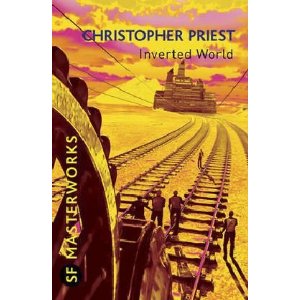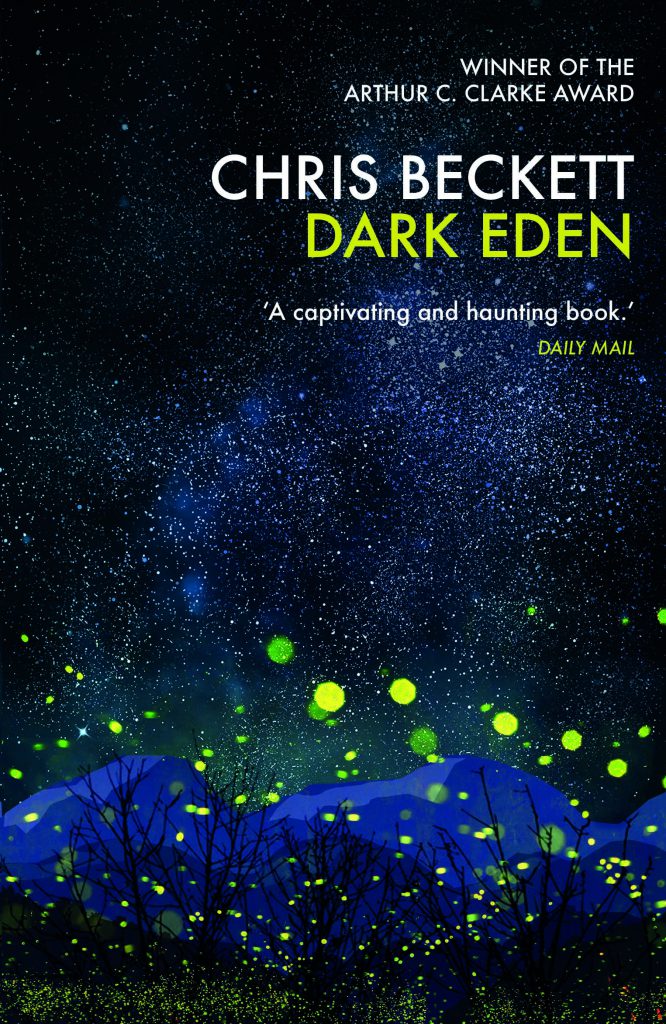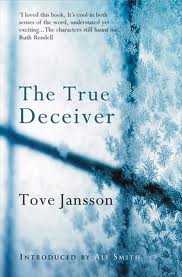Most people who read or write science fiction identify a “sense of wonder” as part of the original appeal of the genre. This was certainly true for me. Reading SF as a teenager with an as yet unjaded palette, I enjoyed the almost spinetingling sense of strangeness that it evoked.
I think one of the things science fiction can usefully do, is remind us that, outside the tiny tiny realm which has come to seem ordinary to us as a result of habit and familiarity, this is a very strange universe. (Science fiction has a particular way of doing this, but you could argue that all artistic-type activity ought to be aimed at tearing away the veneer of ordinariness.)
Science fiction can however contribute itself to a kind of dulling and deadening: a kind of inflationary process exists which is in danger of debasing the currency of wonder. The first time you see or read about a gigantic space ship, for instance, it inspires wonder. When you have seen the same thing repeated over and over again, it grows tedious – and just making the spaceship even bigger does not help. As Ian Sales says: ‘Scale is not sense of wonder, and a lot of sf confuses the two.’ I wonder if it is possible that a failure to understand this fact has led to the decline in prestige and popularity of SF?
This is a related, but not identical point, to that made by the proponents of Mundane SF who propose that science fiction ought to be more scientific, more committed to the world that actually exists, and confine itself to futures and technologies that might actually occur. Faster-than-light-travel and galactic empires, are really just escapist fantasies, on this argument. They will almost certainly never happen, and to write about them as if they were possible futures is perhaps to downplay the uniqueness and importance of our home on Earth, possibly dangerously so.
I go along with the spirit of this argument, but not entirely with the letter of it. I agree that it is important that SF should connect with the world we actually inhabit and I am not interested in SF that doesn’t (not just for reasons of principle but also because I find it very tedious). But sticking literally to what is actually possible is not the only way of reflecting and exploring the world we live in, and not only SF but all branches of literature work by taking some liberties with the literal truth.



